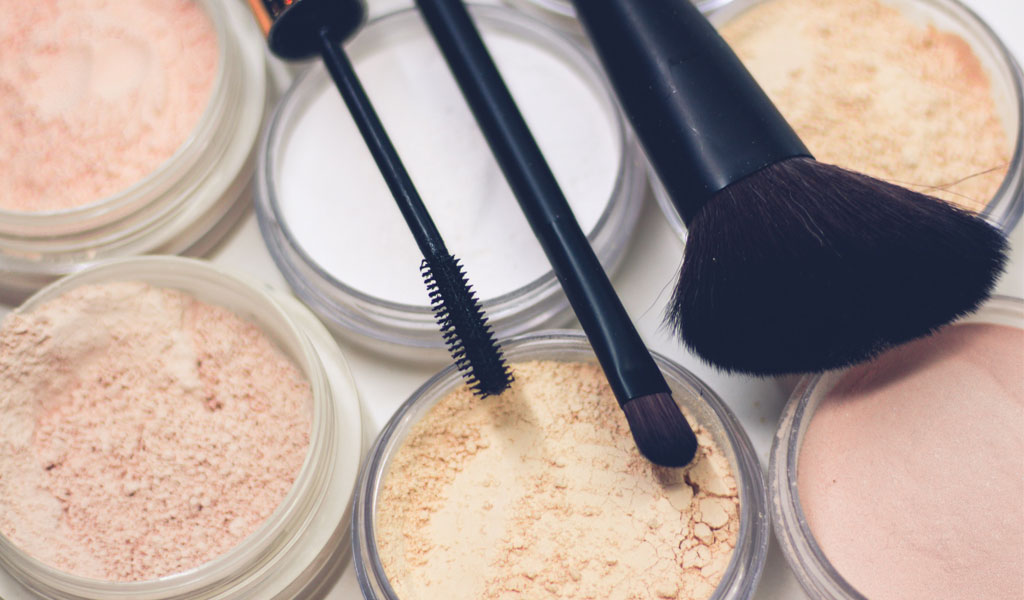How to make your bathroom sustainable?
How to make your bathroom sustainable? The best ways to make a bathroom sustainable are to reduce waste in the bathroom, switch to the plastic/disposable items you use with more sustainable alternatives, Opt for energy-efficient products, and rethink the choice of purchases because sometimes we consume pretty mindlessly. To help you make an informed decision when you are planning to make a sustainable bathroom, I’ve taken a closer look at just some of the sustainable options you can choose the most suitable and sustainable option for you according to your need. Let’s talk about the ideas to make your bathroom sustainable The sustainable bathroom is often determined by the style of the accessory. It simply indicates that the product will have the least impact – on the planet and living things. The products are renewable, recyclable, and do not harm the environment when we use them. Whether made from wood, copper, or stainless steel, they come in a range of styles and serve different purposes. To make sure your bathroom accessories match the overall ambiance you’re going for, you’ll have to choose the right style and sustainable materials, If its Classic or zen style then opts for wood or stone; simple, round, or rounded shapes, while Vintage style goes well with glass, iron, enameled steel; structured shapes with details and trims, or a combination of materials and Contemporary generally made of glass, resin or stainless steel; simple and streamlined designs. Here is a list of things that you can switch to and still give an elegant and sustainable feel to your bathroom. You can try taking a small and practical step at a time with simple switches that add up over time. Sustaina earlier known as Lifestyle Food Magazine debuted in March 2017, We are Asia’s FIRST-ever e-publication dedicated to sustainable living. Copper Bathtubs Most of the time, the bathtubs we use end up in landfills; and there is no system for recycling such fixtures. Copper Bathtubs can be considered as a replacement for fiberglass and acrylic. I came across copper bathtubs that heat up quickly and retain heat much longer than most other materials used in building baths. This saves you money, as you do not have to constantly top up your water, and your heating costs are also cut. Just like with regular bathtubs, copper bathtubs come in different styles. This means that you get to pick the style that resonates with you and fits in with your bathroom décor. These bathtubs are safe, durable, and can be completely recycled as copper is virtually indestructible and can be used again and again. Low-flow showerheads, toilets, and faucets It is no surprise that every time we flush the toilet, a significant amount of water is wasted. But there have been major advancements in recent years with low-flow and dual-flush toilets that have reduced water usage. Previously, toilets used more than three gallons of water with each flush. Now, high-efficiency toilets use less than a gallon. Considering how often your family flushes the toilet each day, this new technology can save thousands of gallons of water every year. Not only this is good for the environment, but it also helps reduce water utility bills. Similar cases for faucets and showerheads seek for Shower Head, and Touchless Water Tap that minimizes the wastage of water. It is preferable to upgrade, resulting in less water usage, increased energy efficiency, and saving on your utility bills. Also, if you want to reduce your water usage without replacing your showerhead and faucet, you can add an aerator Shower Head Nozzle Adapter that will reduce the water flow rate without affecting water pressure. Energy-efficient water heater Nearly one-fifth of your home energy gets used for heating water. This aspect made me consider installing an energy-efficient Water Heater – 5 Star as a part of the eco-friendly re-modeling of my bathroom. Also, look for the EPA’s Energy Star label on the product which certifies energy efficiency. Another option can be going for a ‘tankless’ water heater. It includes a heat pump water heater, which uses heat from the air that is utilized in heating the refrigerant. The condensing storage water heater also uses less energy to create hot water; or a Solar Water Heater, which will cut you a good slack on energy costs. Eco Friendly, mold-resistant shower curtain Swapping out the shower curtain is the easiest and cheapest way to refresh and make a sustainable bathroom. Visually, it takes up a surprising amount of space in the room, so changing this one element can dramatically alter the entire look of the room. Choose a shower curtain liner that’s eco-friendly, mold & mildew resistant with No chemical smell. Oiled teak wood shower mat Cloth bath mats can invite mold and mildew, which in a way, is not hygienic. I opted for a mat made from wood that resists harmful bacteria, at the same time giving my bathroom a modern and elegant look Solid Teak Wood Oiled Finish, shower mats are slip-resistant, naturally warm, and easy to clean. It adds up to your eco-model bathroom as well. Bamboo bath towels and washcloths Harmful chemicals are often used in the process of making cotton bathroom linens, which you use on drying your hair and skin. For this, you can switch your towels and washcloths with soft, absorbent, and antimicrobial Bamboo Bath towels that don’t use pesticides. Or opt 100% Organic Cotton Bath Towel with natural fibers that have not been made with genetically modified seeds or grown with pesticides, herbicides, fungicides, or other toxins, Switching to organic cotton and you can support the health of both the environment and cotton workers, I believe that cotton grown without agrichemicals is the way of the future. Bamboo toothbrushes Plastic products are lightweight and resistant to water and decay. While such qualities are highly valued during usage, it is a different story when it comes to depositing plastic refuse in the environment. Here, the blessing of durability becomes the
How to make your bathroom sustainable? Read More »

